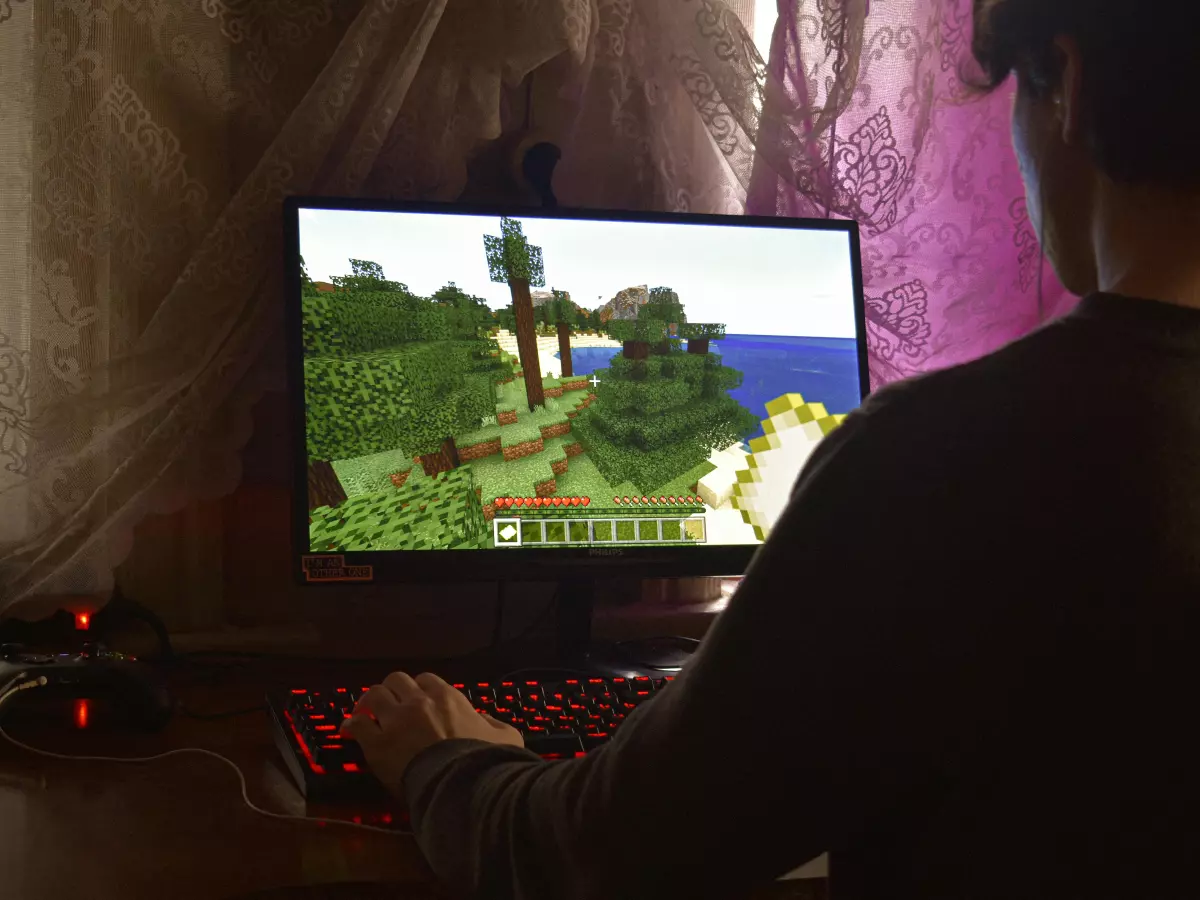Cloth Physics
Remember the first time you saw a character’s cape or dress fluttering in the wind in a video game? It was probably a jaw-dropping moment, right? But if you’ve been gaming for a while, you’ve also likely noticed that, well, sometimes those capes don’t quite behave like they should. They clip through bodies, get stuck in awkward places, or just look like they’re made of cardboard. So, what gives? Why is it so hard for game engines to handle something as seemingly simple as cloth?

By Sarah Kim
Here’s the thing: cloth physics is one of those areas in gaming that looks deceptively easy but is actually a nightmare to get right. You’d think by now, with all the advancements in game engines, we’d have perfectly flowing capes and dresses that react to every gust of wind and character movement. But nope. Even in some of the most cutting-edge games, cloth can still look stiff, glitchy, or just plain wrong. So, what’s the holdup? Why are game engines still struggling with real-time cloth physics?
Let’s start by debunking a common myth: many gamers believe that cloth physics should be as simple as applying the same techniques used for other physics simulations, like rigid body dynamics. After all, if a game engine can handle a car crashing into a wall or a character jumping off a cliff, how hard can it be to make a piece of cloth move naturally? Well, turns out, it’s a lot harder.
Unlike rigid bodies, which have fixed shapes and predictable movements, cloth is a soft body. It’s flexible, constantly changing shape, and highly dependent on external forces like gravity, wind, and even the character’s movements. Every fold, wrinkle, and flutter needs to be calculated in real-time, and that’s where things get tricky. The sheer number of calculations required to simulate cloth accurately can bring even the most powerful game engines to their knees.
The Complexity of Cloth Simulation
Cloth physics is all about simulating how fabric behaves in the real world. But here’s the catch: fabric isn’t just one thing. It can be stretchy, stiff, heavy, or light. It can wrinkle, fold, and react to the environment in ways that are incredibly complex. To make matters worse, cloth interacts with other objects in the game world, like characters, weapons, and the environment. This means the game engine needs to constantly calculate how the cloth should move and react in relation to everything else around it.
One of the biggest challenges is collision detection. Cloth needs to collide with the character’s body, other objects, and even itself. If the engine doesn’t handle this properly, you end up with the dreaded “clipping” issue, where the cloth passes through the character’s body or other objects. And let’s be honest, nothing breaks immersion faster than seeing a character’s cape clip through their sword during an epic battle.
Real-Time vs Pre-Baked Cloth Physics
Now, you might be wondering, “Why not just pre-bake the cloth physics?” And that’s a fair question. In fact, many games do exactly that for cutscenes or specific animations. Pre-baking means the cloth’s movement is calculated ahead of time and then played back during gameplay. This works great for scripted moments where the character’s movements are predictable, but it falls apart in real-time gameplay.
In an open-world game, for example, the player’s movements are unpredictable. They could turn left, jump, or sprint at any moment, and the cloth needs to react accordingly. Pre-baked physics just can’t handle that level of unpredictability. That’s why real-time cloth simulation is so important, but also so challenging.
Optimization: The Balancing Act
Another major hurdle is optimization. Game engines are already juggling a ton of tasks—rendering graphics, processing AI, handling physics, and more. Adding real-time cloth simulation to the mix can be a huge performance hit, especially in large, open-world games with multiple characters wearing cloth-based outfits.
To get around this, developers often have to make compromises. They might simplify the cloth’s behavior, limit the number of characters with cloth physics, or reduce the level of detail in the simulation. This is why you’ll often see cloth that looks great in cutscenes but behaves oddly during actual gameplay. It’s all about finding that sweet spot between realism and performance.
Advancements in Cloth Physics
Despite the challenges, there have been some impressive advancements in cloth physics over the years. Modern game engines like Unreal Engine and Unity have introduced more sophisticated cloth simulation tools, allowing developers to create more realistic and dynamic cloth behavior. These engines use techniques like particle-based simulations and finite element methods (FEM) to calculate how cloth should move and react in real-time.
Particle-based simulations treat the cloth as a collection of particles connected by springs. Each particle represents a small part of the fabric, and the springs determine how the particles move relative to each other. This approach is relatively fast and efficient, making it a popular choice for real-time cloth simulation. However, it can still struggle with complex interactions, like when cloth needs to collide with multiple objects or fold in intricate ways.
Finite element methods, on the other hand, are more accurate but also more computationally expensive. FEM breaks the cloth down into small elements and calculates how each element deforms under stress. This approach can produce incredibly realistic results, but it’s often too slow for real-time gameplay, which is why it’s typically reserved for high-end simulations or pre-baked animations.
The Future of Cloth Physics in Games
So, what does the future hold for cloth physics in games? As hardware continues to improve and game engines become more powerful, we can expect to see even more realistic cloth simulations in the coming years. Technologies like machine learning and AI could also play a role in optimizing cloth physics, allowing game engines to predict how cloth should behave in real-time without needing to calculate every movement from scratch.
But for now, we’re still in a bit of a “cloth physics limbo.” While we’ve come a long way from the days of stiff, unresponsive capes, there’s still a lot of work to be done before we can achieve truly lifelike cloth behavior in real-time gameplay. Until then, we’ll just have to live with the occasional cape that clips through a character’s body—or, you know, pretend it’s part of the game’s charm.





